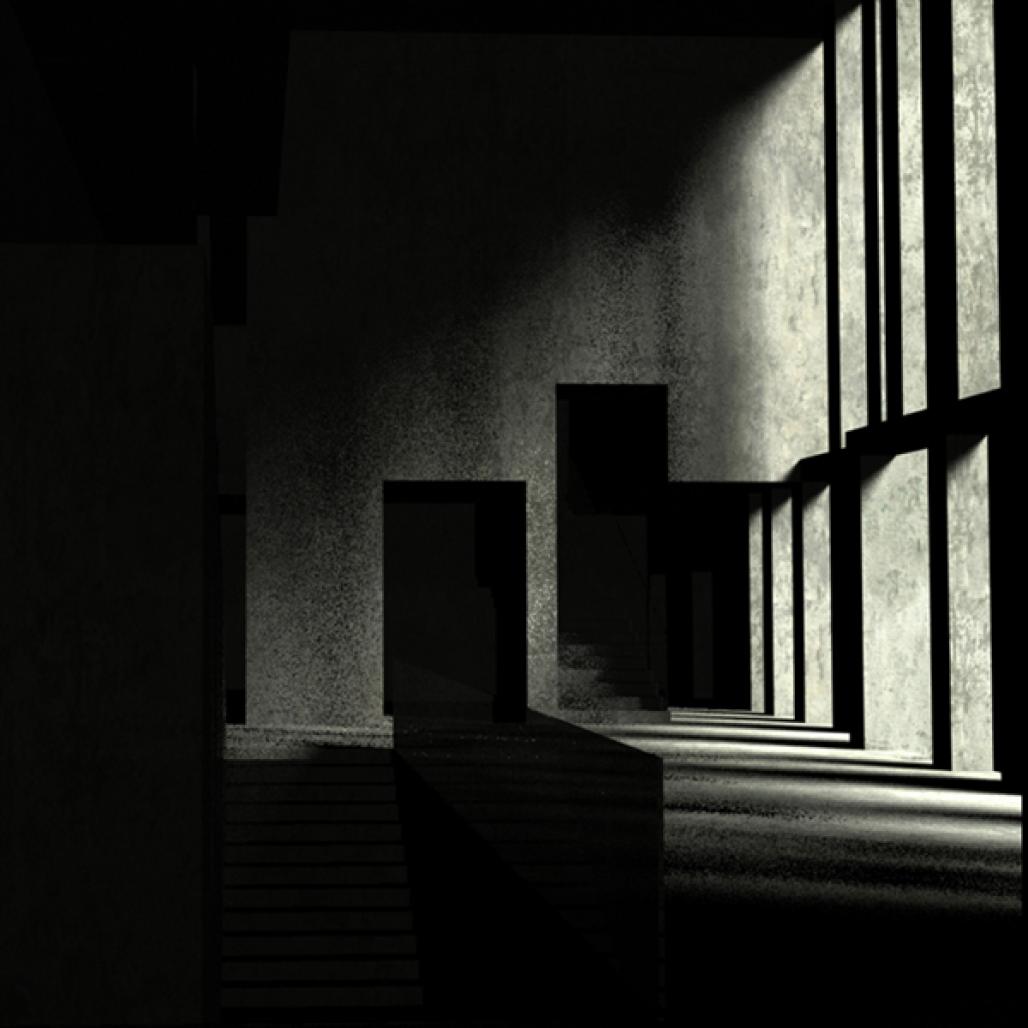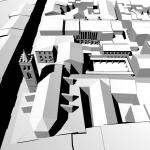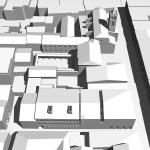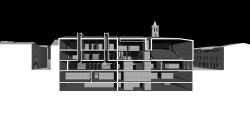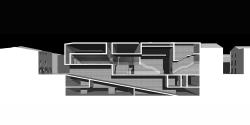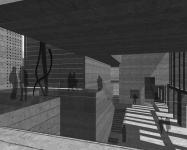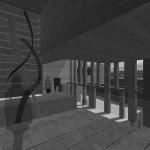The project has, in the context of the ancient urban centre of the city of Puebla de Alfindén, an approach extended to the urban scale; the architectonic object, intended as a unique and emerging element, overshadows; the intervention appears, in its outer shell, measured and discreet. The clarity and the simplicity of the exterior contrasts with an unexpected and surprising richness and complexity of the interior spaces. The urban structure of the city, grew around the church, is the result of combinations of single-detached housing units packed tightly aligned along the streets. Each unit has two fronts otherwise marked, the public one, officer and unitary on the road, and the private one, more intimate and detailed on the inner courtyard.
First objective was to reconstitute the missing corner of the block making a sewing of the urban texture, the look is stern and strong, by the envelope on limestone masonry, from character almost monumental, in which there are few and measured openings.
Second goal is to introject the form of public space of the city within the shell of the building. The body, in fact, consists of many functional adjoining boxes as library, exhibition hall, auditorium, etc. .. those, as the building units of the city, externally are lined to the streets, while internally advance or retreat in both plants is up on the large covered courtyard, the big vestibule, according to internal functional needs. The large and spectacular one material empty space to the centre of the building, hidden from outside view, sorts and connects all the activities hidden inside the hollow solid boxes. As in a theatrical setting, the visitor is catapulted into a quarry for the extraction of stone walls where the large blocks, as squared with huge diamond saws, have different heights. The space is still, calm, strong; the light, cutting the roof, filters from the intercolumniations by the great portico that frames a view of the tower and by a constellation of small holes, like a starry sky.
It’s an heavy architecture where the idea of the eternal time is immediately perceived; it’ s also confirmed by the choice to reinterpret the ancient Roman masonry “ a sacco” as structure; the thick slabs of limestone, as formworks, contain the cast concrete.
2008
DAndria
